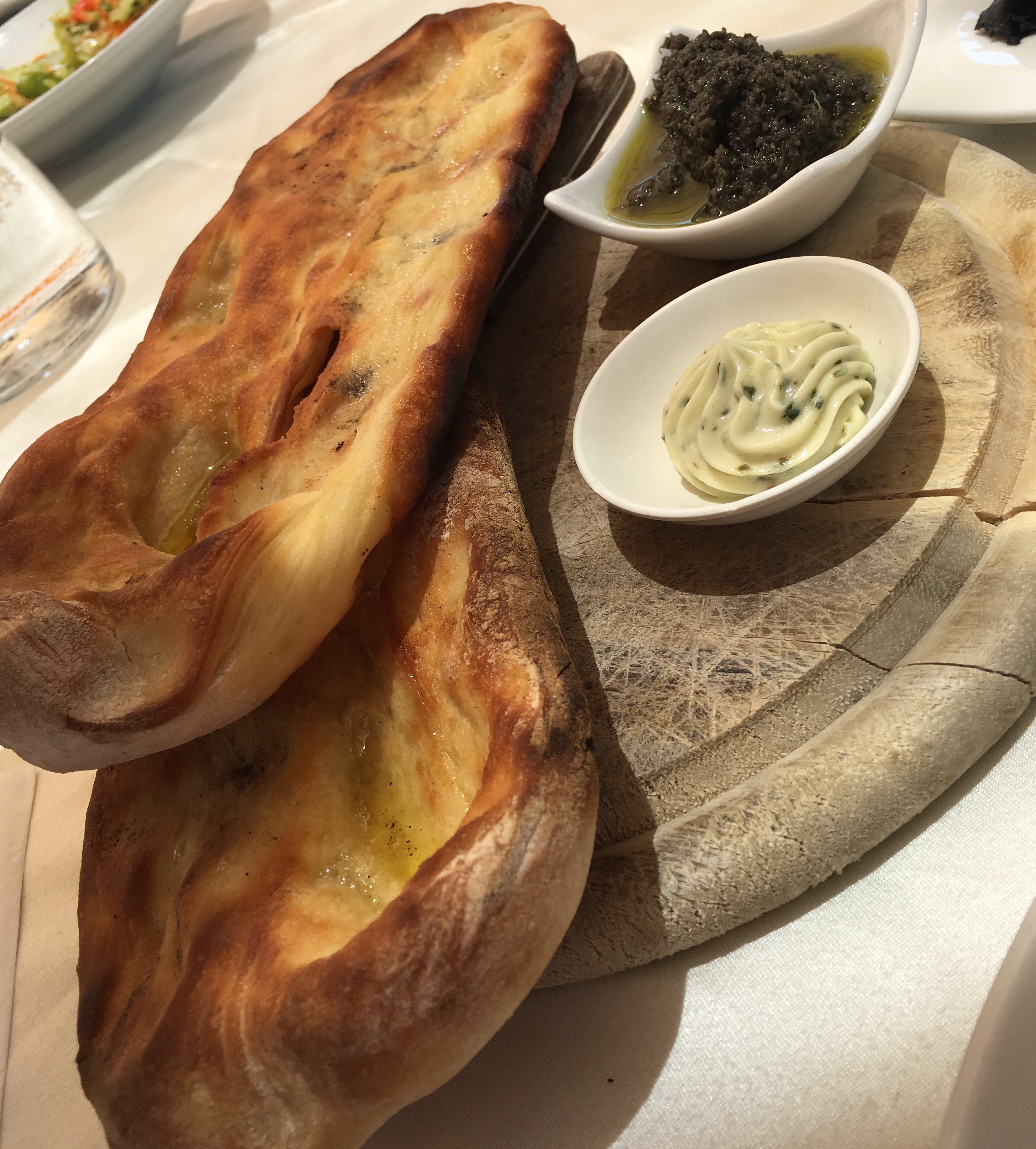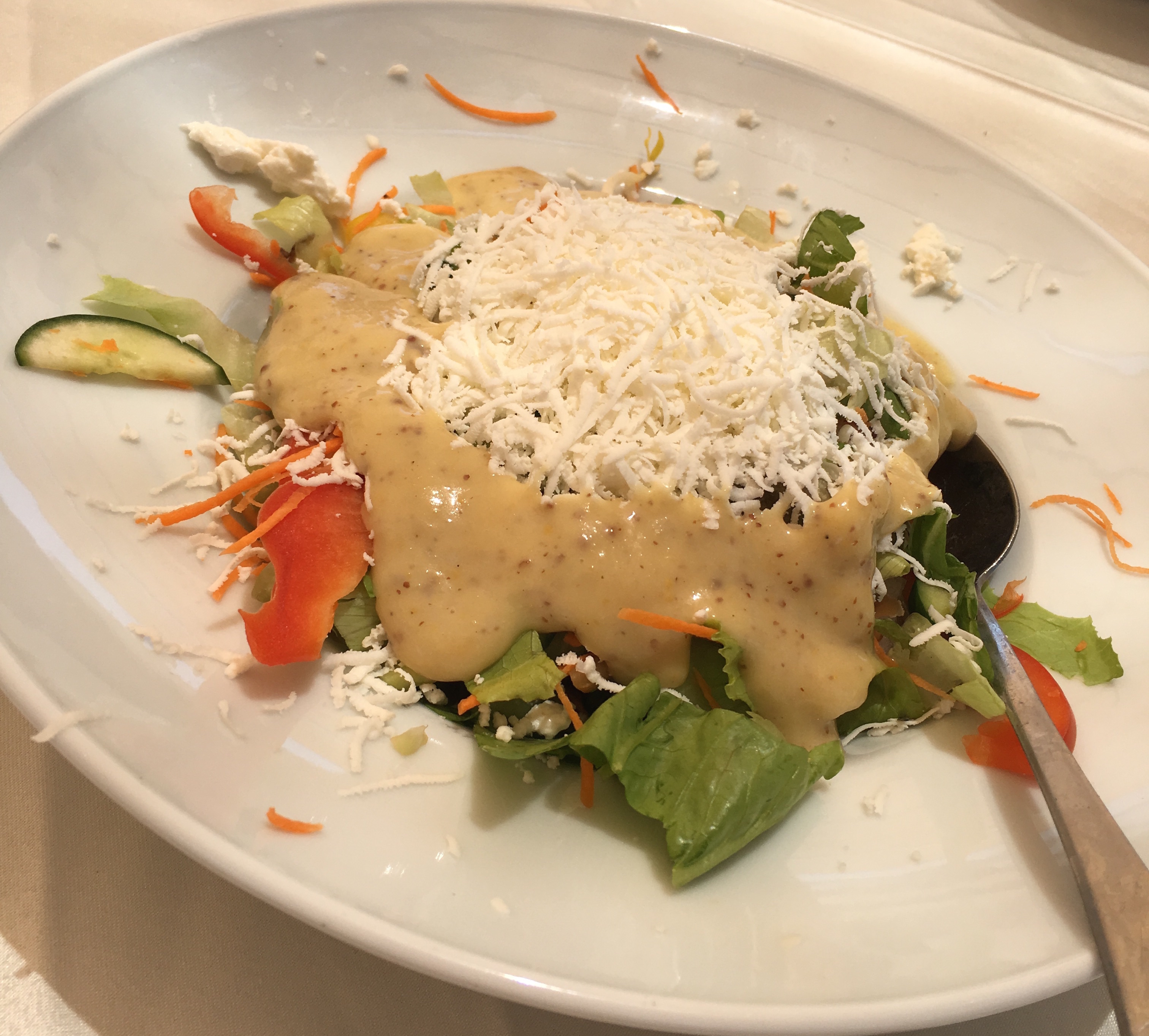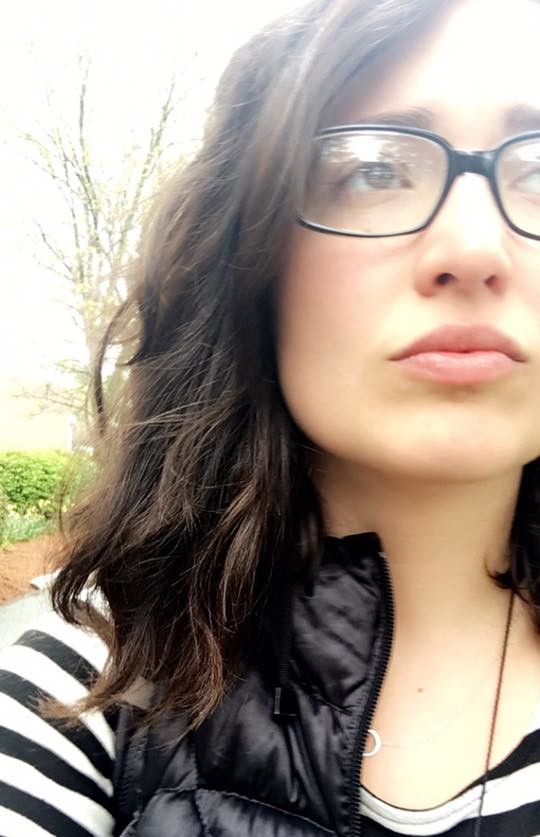Timing isn’t everything, but when you have it, things come together in ways far beyond what can be fairly expected. After viewing The Settlers last week in a screening where I was the only person in a room of 50+ to not have ever visited a settlement, after numerous discussions about the repercussions of the settlement movement, as well as speculation on motivation and organization of such ideology, just a few days later – I ended up on an organized group trip to Gush Etzion, a settlement in the West Bank.
In Gush Etzion, we met Nahone, a representative of Eretz Shalom. He recounted his take on the history of settlements in Israel, as well as the story of his partner Hassan, who was absent given the Muslim holiday (Eid al-Fitr). Hassan’s tale is one of transformation. He had been a Hezbollah operative, was caught by Israeli forces, and spent 15 years in jail. Once released, he began his pursuit of peace, working towards coexistence.

Sitting under the shade of the Lone Oak, Nahone discussed his own goals and aspirations for the future. He believes that through communication and diligent efforts, bridges can be built, and diverse communities can be brought together. For him, settlements are important because he considers them to be the frontiers of peace work, going in places that official Israeli diplomats cannot. He attends weekly (or more often, even) meetings with various community leaders from the Israeli and Palestinian sides. Nahone really stressed the importance of language education in Israel. He said it is crucial for all parties to be in tune with one another’s culture, and how better to understand each other than through language?

How better to follow a serious discussion on international law, life, and death than with some lunch and wine?! We proceed to the Gush Etzion Winery where a tour was scheduled for our group, coupled with a big lunch and wine tasting. Our guide explained that we were in Judah’s land, which is wine country, so much to the extent that Judah would do his laundry with wine (this may have been a saying in Hebrew, not literal, but with biblical tales…who knows?). The vineyard is only 25 years old since the area had Muslim residents previously (who do not drink alcohol). In this time, it has grown to over 750 acres with over 22 types of grapes and more than 50 different types of wine.

The winery has a tourist mini-vineyard they use to demonstrate ancient methods of growing grapes. Originally, they were grown close to the ground, the next stage was raising grapes about 20cm above the land, following which they came up to sukkah height, and now we have the modern way (about chest height). The winery even has a model of a Roman ceramic press, demonstrating how wine was made in Judah’s land. Its presence indicates that Rome knew the quality of the grapes and wine here. This ancient wine press was used after farmers would harvest grapes (in Israel, the grape harvesting season for wine is around September). Bare feet were used to crush the grapes, as they were a gentler means for juicing the grapes and would spare the bitter pits from being crushed into the juice. In fact, children usually did the work. The crushed grape juice would flow downward in the ceramic press. Fun fact: גת or “gat” is the Hebrew term for a winepress and while wine makers would stomp on the grapes in the גת, they would play some music. The name of this ancient instrument is called “gitit” (גיתית).

After our sunny tour, we continued on to the eating portion of our visit! The set-up of the winery is so beautiful; it helps you forget you are reveling in luxury in what some refer and some don’t as an “occupied space“. The salads were very delicious; there was an eggplant dish, and Israeli couscous. The main course was pizza and pasta…guess they were trying to cater to us Americans. The wine tasting was during the meal, so not quite informative and pretty disorganized, but the wines we tried were…interesting.



Post-lunch, we took a trip back in time with Eitan, the greatest tour guide. He discussed the value of studying biblical history while having the opportunity privilege of physically being literally in the place where it happened. He gave the example that reading “up” or “down” in a prophecy in the bible has a tangible connotation when you’re in the land of Israel. Another noteworthy example he used was the bible telling a Jew, “You’re like an oak tree in the fall.” Everywhere in the world, the oak tree loses its leaves in autumn. The catch here is that the Israeli oak is an evergreen; it’s a compliment, after all.
We rode up to a lookout point in Beit Tar, a settlement with 47,000 people and an average of 8 kids per family. The area is home to six parliament members, included the head of a coalition, the chairman of the Knesset, and Israel’s defense minister (previously Minister of Foreign Affairs). While the settlement is comprised of just .02% of the population, it makes up 5% of parliament.
From this spot, it’s possible to see Herodium (King Herod killed 70k Jews in his lifetime, in addition to his family—but he’s known as a great builder) and Bethlehem, and on the other: Gaza, Netanya, and the coastline at sunset. Eitan mentioned that two summers ago, you could see the white missiles in the sky like moving white targets. It costs $56,000 per missile the Iron Dome intercepts.

From that point, we proceeded just a five minute drive away, where Eitan offered a brief overview of Philistine history. The spot he was leading us to was actually marked by Roman milestones. Eitan explained that anywhere one might find a Roman milestone, there would be one on the road and 20 chucked somewhere down below. Given that the new ruler would want to claim the milestones, which indicated how far the traveler was from Jerusalem. Milestones have inscriptions which might serve to help discover more Roman cities. Where we stood, it was 11 miles to Aelia Capitolina, the Roman name for Jerusalem, which had atop it a colony built by Emperor Hadrian.

We stood on the biblical highway of history; Abraham walked here with Sarah. He was born in Iraq and walked down to Beersheba, then they walked up north to Jerusalem and walked back down again, Jacob looked for a wife here, King David went to Jerusalem to make his kingdom on this road, etc. Every biblical character in history has walked here, in the place called Patriarchs’ Road. Now we were walking along it, too…
 Eve Litvak is a recent graduate of Brandeis University. Having completed a B.A. in Global Studies, she is returning to Brandeis to pursue an M.A. in Comparative Humanities. On campus, Eve was involved in ‘Deis Chess, Russian Club, JFI, CAASE, and BGI. Eve worked in residence life, as an undergraduate student representative for three academic departments, as a Global Fellow, and as a study abroad ambassador. Having spent 12 months studying in Italy, Russia, and the Netherlands, Eve is very enthusiastic about encouraging others to challenge themselves with new experiences and keep an open mind in the face of foreign ideas. She believes life is a journey and the best way to go is to eat your way through it. Eve is an ILH – Israel Hostels‘ media intern for the summer of 2016.
Eve Litvak is a recent graduate of Brandeis University. Having completed a B.A. in Global Studies, she is returning to Brandeis to pursue an M.A. in Comparative Humanities. On campus, Eve was involved in ‘Deis Chess, Russian Club, JFI, CAASE, and BGI. Eve worked in residence life, as an undergraduate student representative for three academic departments, as a Global Fellow, and as a study abroad ambassador. Having spent 12 months studying in Italy, Russia, and the Netherlands, Eve is very enthusiastic about encouraging others to challenge themselves with new experiences and keep an open mind in the face of foreign ideas. She believes life is a journey and the best way to go is to eat your way through it. Eve is an ILH – Israel Hostels‘ media intern for the summer of 2016.


